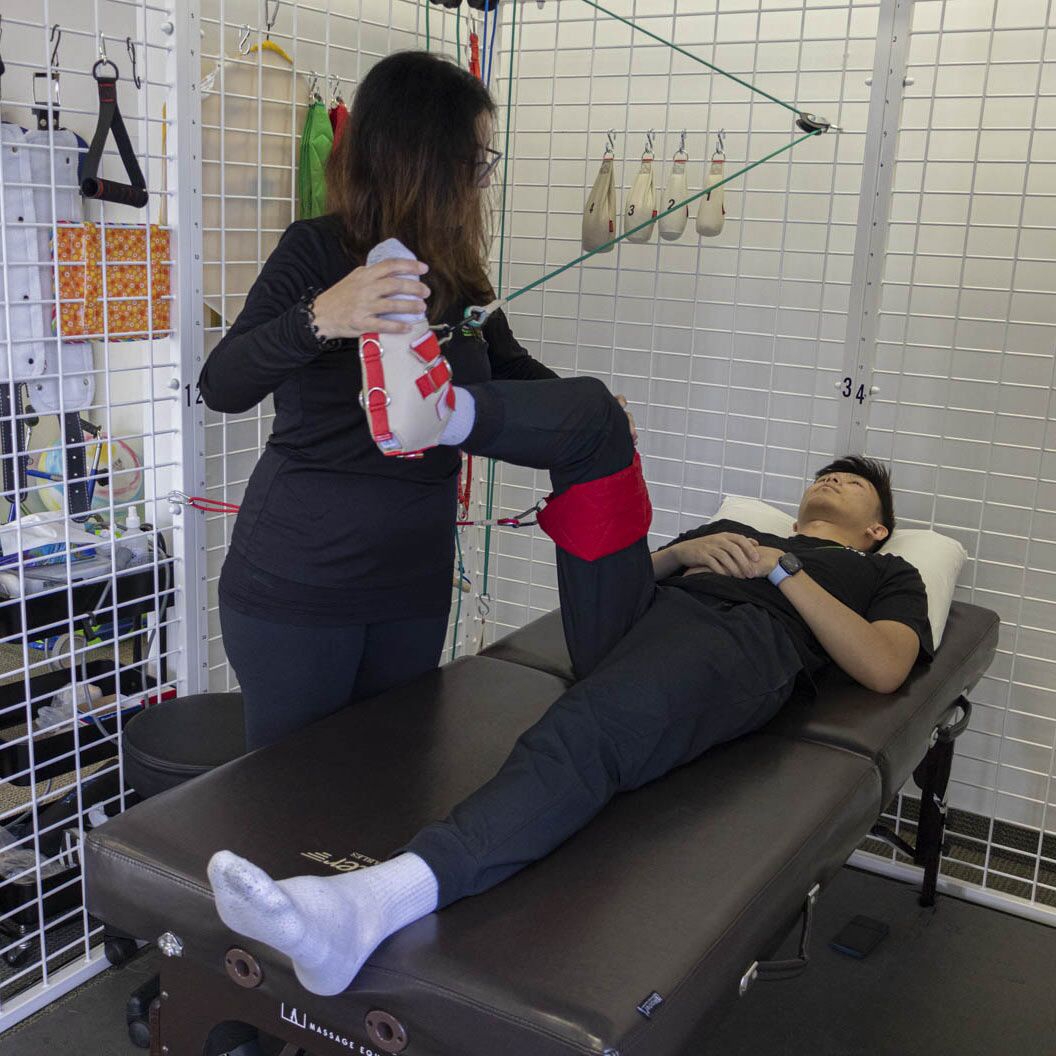Comprehending The Way Acute Traumas Transform Sporting Execution Dynamics
Wiki Article
Acute injuries are unexpected injuries that can occur during sports or physical activities. These injuries can significantly affect an athletic performance and overall health. Frequent examples of sudden traumas include twists, breaks, and strains. They occur rapidly and frequently result from accidents, such as tumbles, crashes, or incorrect movements. Understanding how these traumas affect athletic performance dynamics is crucial for athletes, coaches, and healthcare providers who work with them.
When an athlete experiences an sudden injury, the immediate effects can be quite severe. Pain and swelling are common indicators that can restrict movement and function. For instance, a hoops player who twists an joint may find it painful to walk or run. This limitation can lead to a decrease in ability, as athletes may struggle to perform at their typical level. Additionally, the psychological effects of an incident can also play a factor. Athletes might feel anxious or fearful about returning to their sport, which can further influence their performance.
Recovery from an sudden injury involves several stages, including recovery, rehabilitation, and incremental return to performance. The first emphasis is usually on controlling pain and swelling. Medical professionals may advise ice, compression, and lifting to help with healing. Once the initial stage has ended, rehabilitation exercises become important. These exercises help restore strength, flexibility, and extent of motion. Players need to adhere to a systematic recovery plan to make certain they come back to their activity safely and effectively.
The lasting effects of acute traumas can vary. Some players may heal fully and come back to their previous performance levels, while others may encounter persistent difficulties. Chronic pain or weakness can develop if an trauma is not properly treated. This circumstance can lead to a pattern of recurring injuries or alternative traumas in other parts of the physique. It is essential for players to be calm during the recovery process and to work closely with healthcare professionals to tackle any remaining concerns.
In conclusion, sudden traumas can dramatically alter how athletes perform in their sports. The immediate physical and psychological effects can hinder performance and self-assurance. Rehabilitation involves attentive management and rehabilitation to ensure that athletes can safely come back to their sports. Comprehending the dynamics of sudden physical therapy consultation traumas can help all involved participating in sports—from athletes to coaches to healthcare staff—support those affected and promote a secure return to sporting ability.
